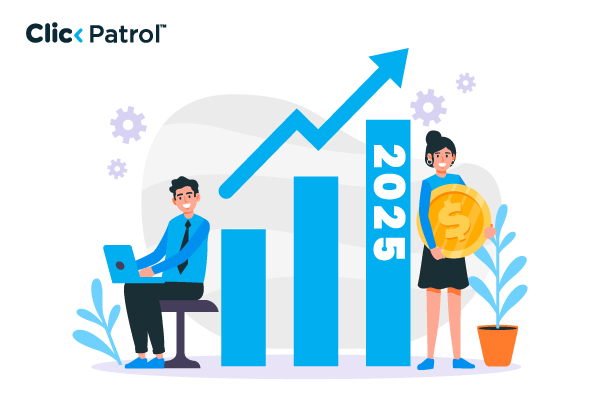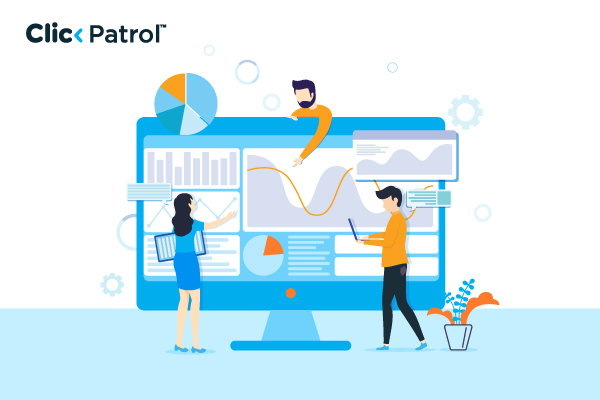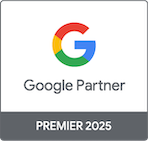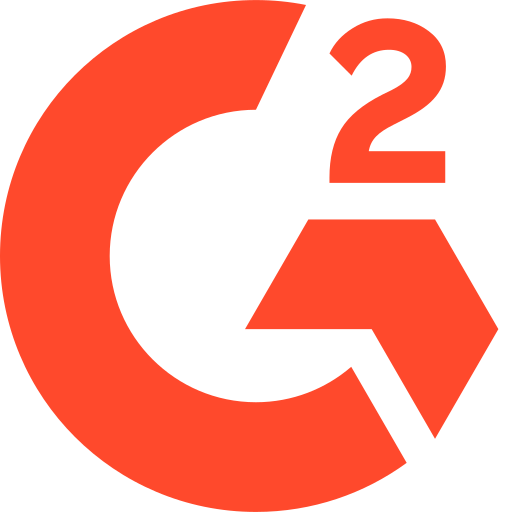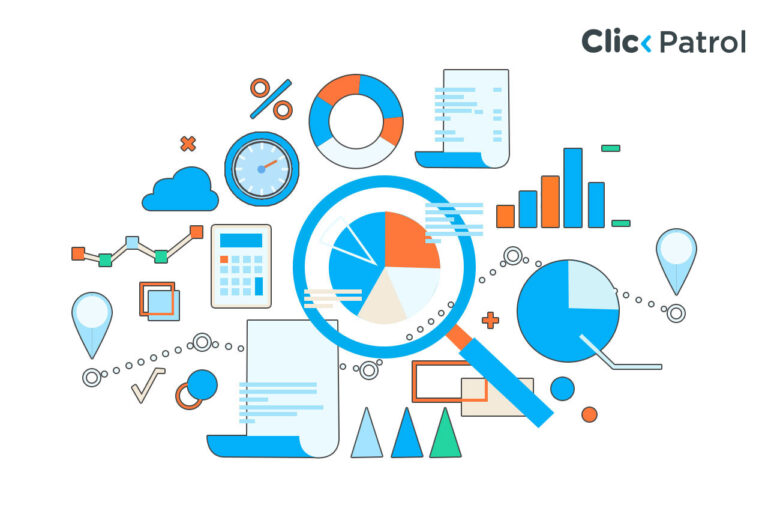
Average cost per click (CPC) explained: How to optimize your PPC costs in 2025
Abisola Tanzako | Apr 28, 2025
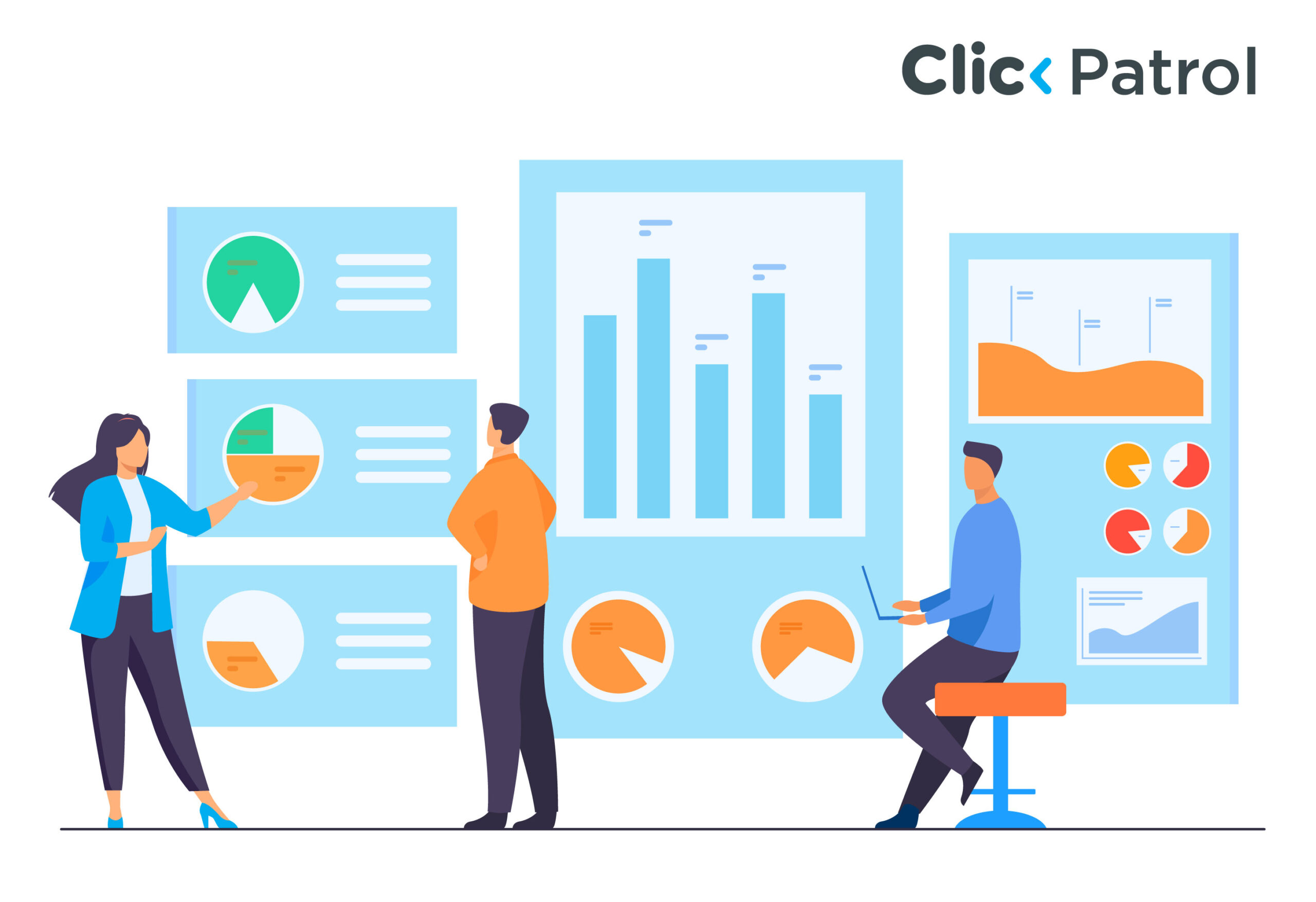
Table of Contents
- What is average cost per click (CPC)?
- Why is average cost per click important?
- How to reduce your CPC without compromising performance
- Factors that influence average CPC
- Average cost per click by industry
- Real-world examples include:
- 1. Airbnb: Using lookalike audiences to improve ad efficiency
- 2. HubSpot: Improving keyword targeting for lower CPC
- Managing CPC for better PPC performance
- FAQs
The average cost per click across all industries is $2.69 on the search network and $0.63 on the display network .
A low CPC can mean cost-effective traffic, but it holds little value if it does not result in conversions.
Conversely, a high CPC may indicate overspending on ineffective clicks. Advertisers must strike a balance between CPC and traffic quality to maximize ROI.
This article examines average cost per click, its significance, key influencing factors, and strategies to reduce costs while optimizing PPC campaigns for improved results.
What is average cost per click (CPC)?
The average cost per click (CPC) is one of the most essential metrics in pay-per-click (PPC) advertising.
It measures the cost-effectiveness and efficiency of an advertising campaign.
How to calculate Cost Per Click (CPC) and why it matters
- The formula for calculating Average CPC is:
Average CPC =Total Ad Spend ∕ Total Clicks
For example, if an advertiser spends $500 on a campaign and receives 250 clicks, the CPC is 500 ∕ 250 = 2.00
This means the advertiser is paying $2 for each click on average.
Why is average cost per click important?
Understanding and optimizing your Average Cost Per Click (CPC) is crucial for running a successful PPC campaign.
Since every click comes at a cost, advertisers must ensure they are not overpaying for traffic while maintaining high-quality leads. Here is why CPC is an important metric:
- Budget management and cost control: A high CPC means you will spend more money for fewer clicks, which can quickly drain your budget without achieving the desired results. On the other hand, a low CPC allows you to generate more traffic within the same budget, potentially leading to increased conversions. Knowing your CPC helps you set realistic budgets and bidding strategies to ensure maximum efficiency.
- Evaluating campaign performance: CPC is a crucial indicator of how effectively your PPC campaigns are performing. If your CPC is too high but conversions are low, you may be targeting the wrong audience or using ineffective keywords. A well-optimized CPC ensures you get the right clicks at the best price.
- Maximizing ROI (Return on Investment): Your ROI suffers if your CPC is too high, resulting in low-quality traffic or few conversions. By optimizing the cost-per-click (CPC), businesses can reduce wasted ad spend and increase profitability.
- Improving ad rank and visibility: Google Ads uses Ad Rank, which is determined by your bid amount and quality score, to decide where your ad appears. A well-optimized CPC and a high-quality score can help your ad achieve better placements without increasing costs.
- Long-term advertising success: Keeping CPC trends over time can help advertisers adjust their strategies and remain competitive. If CPC increases, businesses must refine their targeting, optimize landing pages, and improve ad relevance to maintain cost-effective campaigns. Continuous CPC monitoring ensures that campaigns remain sustainable and profitable in the long run.
How to reduce your CPC without compromising performance
Here are some effective ways to lower your Cost Per Click (CPC) while maintaining strong ad performance:
- Improve quality score: Optimize ad relevance and landing page experience, and expect a higher CTR with better ad placements at lower costs.
- Use long-tail keywords: Target specific, lower-competition keywords that attract qualified traffic at a lower cost per click (CPC).
- Refine audience targeting by focusing on high-intent users through location, demographics, and device targeting to enhance conversions.
- Optimize ad copy and extensions: Make your ads compelling with strong CTAs and use ad extensions to improve click-through rates.
- Adjust bidding strategies: Use automated bidding strategies like Target ROAS or Maximize Conversions to get the best return.
- Utilize negative keywords: Filter out irrelevant searches to prevent wasted ad spend and improve efficiency.
- Enhance landing pages: A well-optimized landing page improves conversions, leading to better ad relevance and lower CPC.
- Test and optimize regularly: A/B test ad creatives, keywords, and targeting settings to find what works best for reducing costs.
Factors that influence average CPC
Several factors influence the cost per click in a PPC campaign. Here are the key ones:
1. Industry and competition:
- Industries with high customer lifetime value (LTV), such as law, finance, and healthcare, often have higher CPCs because advertisers are willing to pay more for clicks.
- Less competitive industries may have lower CPCs since fewer advertisers bid on keywords.
2. Keyword selection:
- High-intent keywords (e.g., “best car insurance in New York”) tend to have a higher CPC.
- Broad or general keywords (e.g., “car insurance”) often have lower CPCs but may attract unqualified traffic.
- Long-tail keywords (e.g., “affordable car insurance for young drivers”) usually have a lower CPC but higher conversion rates.
3. Quality score:
- Google Ads assigns a Quality Score (QS) to each keyword based on ad relevance, expected CTR, and landing page experience.
- A higher-quality score leads to lower CPCs, while a lower-quality score results in higher CPCs.
4. Bidding strategy:
- Manual CPC Bidding: Advertisers set their own max CPC bids, controlling costs directly.
- Automated bidding: Google adjusts bids automatically to maximize clicks or conversions.
- Target ROAS (Return on Ad Spend): This strategy adjusts CPC to achieve a specific return, balancing cost and value.
5. Ad rank and competition:
- Google Ads determines Ad Rank based on your bid amount and Quality Score.
- If competitors bid aggressively, your CPC may increase to maintain ad visibility.
- You can achieve higher rankings with a lower CPC if you have higher quality scores.
6. Device and location:
- Mobile CPCs are lower than desktop CPCs in some industries.
- CPC can also vary by geographic location. In high-cost cities like New York, CPCs are generally higher than in smaller towns.
7. Ad placement:
- Ads at the top of search results generally have a higher CPC than those at the page’s bottom.
- Display network ads often have a lower CPC than search ads, but may have lower conversion rates.
Average cost per click by industry
Different industries have varying CPCs depending on competition and customer value. Here are some estimated average CPCs on Google Ads by industry:
- Legal Services: $6 – $12 per click
- Insurance: $4 – $8 per click
- Finance & Banking: $3 – $7 per click
- Real Estate: $2 – $6 per click
- E-commerce: $1 – $3 per click
- Travel & Hospitality: $1 – $2.50 per click
These are rough estimates, and actual CPCs vary based on keywords, location, and bidding strategies.
Real-world examples include:
1. Airbnb: Using lookalike audiences to improve ad efficiency
Airbnb reduced its cost per click (CPC) by leveraging lookalike audiences on Facebook and Google Ads.
Instead of targeting broad demographics, Airbnb used customer data to find users with similar characteristics.
This approach helped improve ad relevance, resulting in a lower cost per click (CPC) and higher conversion rates.
2. HubSpot: Improving keyword targeting for lower CPC
HubSpot optimized its Google Ads campaigns by shifting focus from high-competition, broad keywords to more long-tail, intent-based keywords.
For example, instead of bidding on “CRM software,” they targeted “best free CRM for small businesses,” which reduced competition and allowed them to achieve a lower CPC while maintaining lead quality.
Managing CPC for better PPC performance
Average Cost Per Click (CPC) plays a crucial role in the success of PPC campaigns.
Businesses can reduce costs while increasing conversions by understanding what affects CPC and implementing strategies to optimize bids, improve quality scores, and target the right audience.
FAQs
Q. 1 Does a low CPC always mean a better campaign?
Not necessarily. A low CPC is significant only if it attracts quality traffic that converts. Your campaign is not effective if you get cheap clicks but no conversions. Focusing on CPC with conversion rates and ROI is more effective than minimizing costs.
Q. 2 Is CPC different on Google Ads vs. Facebook Ads?
Yes. Google Ads CPC tends to be higher because search ads target users who are actively looking for products or services.
Facebook Ads CPC is generally lower, but engagement rates may also be lower. CPC on both platforms depends on competition, audience targeting, and ad relevance.
Q. 3 Does CPC affect my Ad Rank on Google?
Yes. Ad Rank = Bid Amount + Quality Score + Expected Impact of Ad Extensions.
Even if you bid lower than competitors, a higher Quality Score can help you achieve a better position at a lower CPC. By understanding and optimizing Average CPC, businesses can reduce advertising costs, attract high-quality leads, and maximize ROI in their PPC campaigns.
Q. 4 Can CPC change over time?
Yes, CPC fluctuates based on:
- Seasonal trends (e.g., higher CPCs during holiday shopping seasons)
- Changes in competition (more advertisers bidding on the exact keywords)
- Ad performance (poor ad relevance can lead to increased CPCs)
- Google algorithm updates

